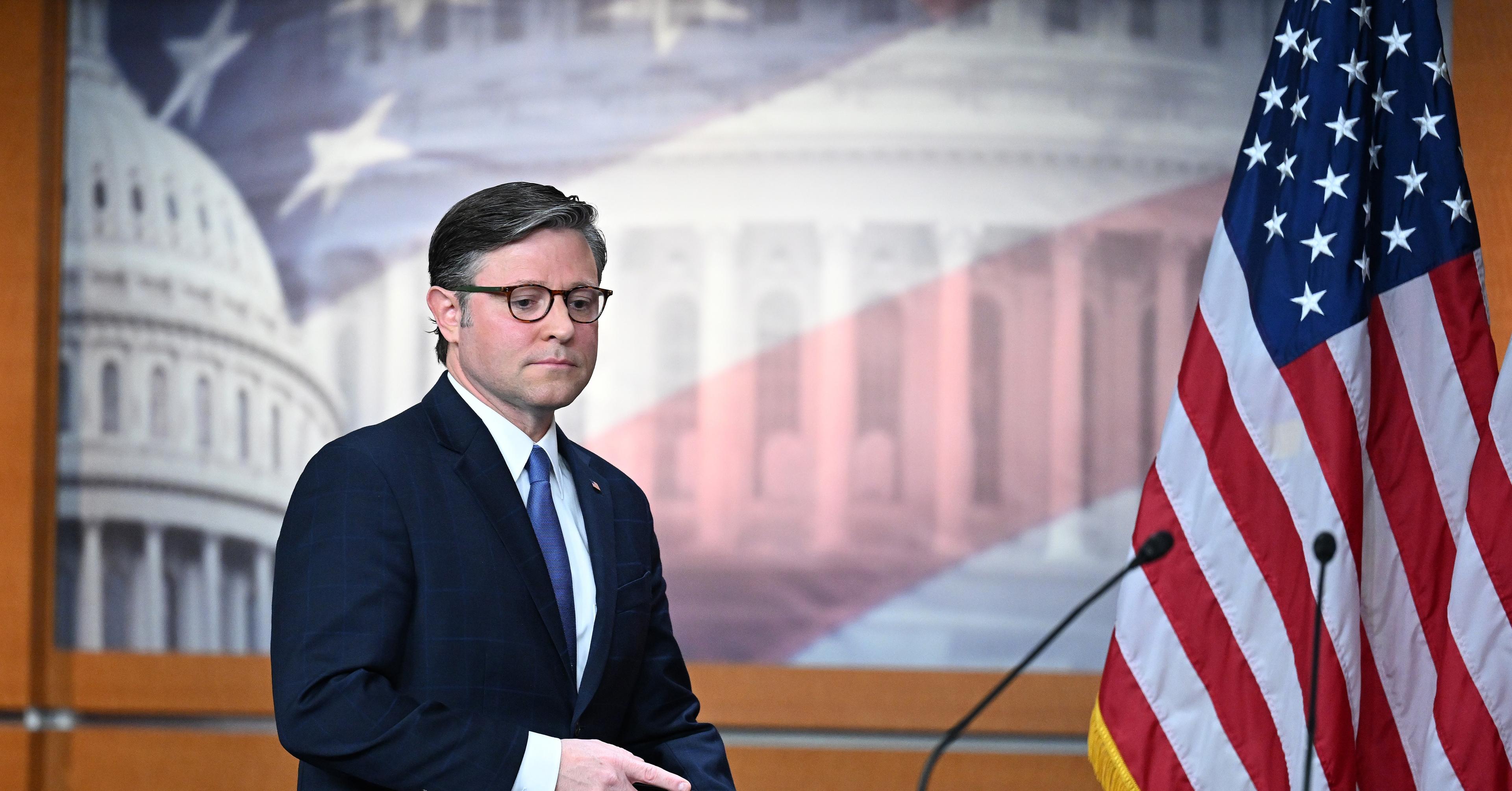Falling dollar, rising inflation
Wisdom on the streets says that when the dollar soars high, inflation rises too, while a fall in the value of the greenback leads to a reduction in prices of necessities.

Perhaps for the very first time, the dollar has fallen by almost Rs. 15 against the Pakistani rupee, however, commodity prices have remained constant. Per unit cost of petroleum products, electricity and gas have not reduced either.
So why did the people not get any relief? A question being asked by everyone yet answered by none.
The truth is that the economy is suffering from a triple lack of planning, teamwork and expertise. Day by day, troubles faced by the country increase with alarming speed. All hopes by common folks to be able to earn and for inflation to fall have been dashed.
The government itself appears baffled and confused. The Finance Minister says GDP will grow by 4% this year. The International Monetary Fund (IMF) and World Bank have put the figure at 1.5% and 1.3% respectively. Our population will continue to expand by 2.5% per annum. Thus, one way or the other, our GDP will go into negative growth. Experts say Pakistan needs to grow by at least 6% this year, otherwise, more than 3 million people will become unemployed.
The theory about dollar rates affecting inflation appears weak here. The government’s plans and its willingness to execute them is all that matters. Till now neither has the federal government shown us its vision, nor the direction it wishes to take the economy on. As for homework, well, the less said the better.
This sordid tale started with our own local Aristotle, Asad Umar, whose appointment was trumpeted as the gateway to Pakistan’s prosperity. Then we were informed that the IMF-sanctioned Hafeez Sheikh and Raza Baqir (Governor State Bank of Pakistan), have magic wands which will restore us to glory. Now, this responsibility lies with Hammad Azhar while Shaukat Tareen is also on the way to take up some charge or the other. How seriously the PTI-led government planned for the economy is evident from the current game of musical chairs.
Pakistan’s economy was heavily reliant on cotton and textile. Cotton is a boon, a crop that takes minimal water to grow while bringing in precious foreign exchange. Thanks to the untiring negligence of our rulers, we have had the lowest production of cotton in 30 years. Out of 212 total government organizations, 197 are running in loss. The steel mill is Rs. 480 billion in debt while for PIA this figure is close to Rs. 430 billion. The government’s bright idea about generating money is through increasing the price of basic utilities. It is now a real possibility that subsidy worth Rs. 140 billion will be abolished, transferring this amount over to the heavy ones the government is already shouldering.
Meanwhile, imports of sugar, wheat and cotton have increased too. The agriculture sector, once our economy’s mainstay, is now in tatters. In 2018, a bag of DAP fertilizer was retailing for Rs. 2200. By 2020 its price tag had soared to Rs. 3467 and today, it stands at a truly mind-numbing Rs. 5137. With such a rapid rise, how will the prices of food commodities not rise?
The desperate ruling coalition is focused only on procuring more and more loans.
We can now term the dollar-inflation theory an old wives’ tale. Unless the price of utilities and commodities goes down, nothing else will. For the immediate future, inflation remains our fate.












